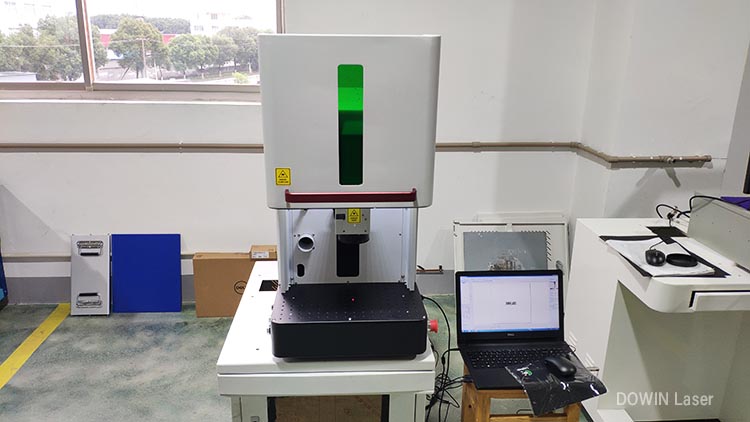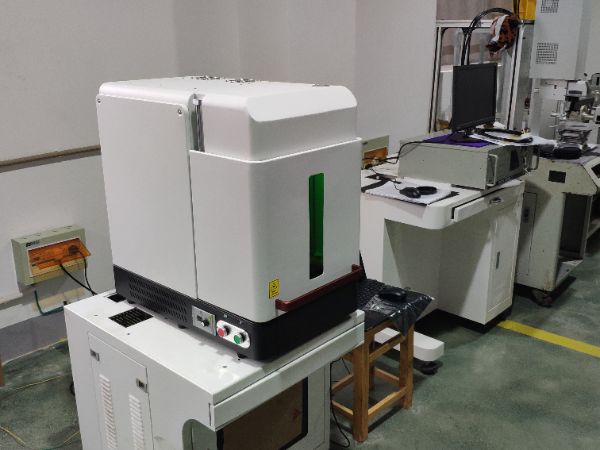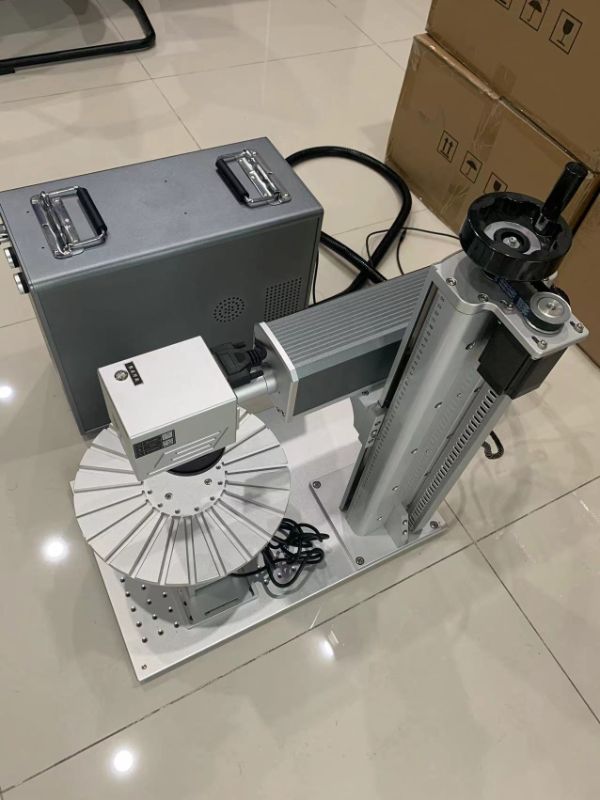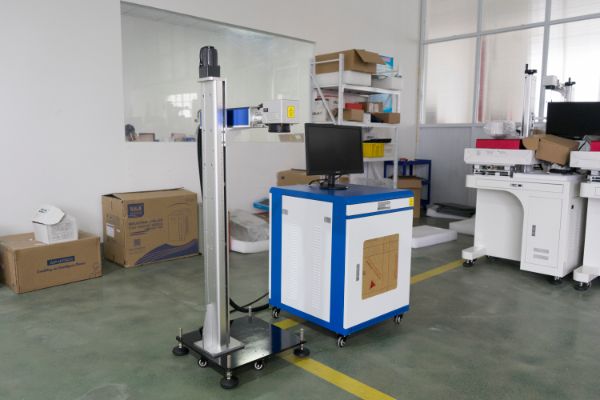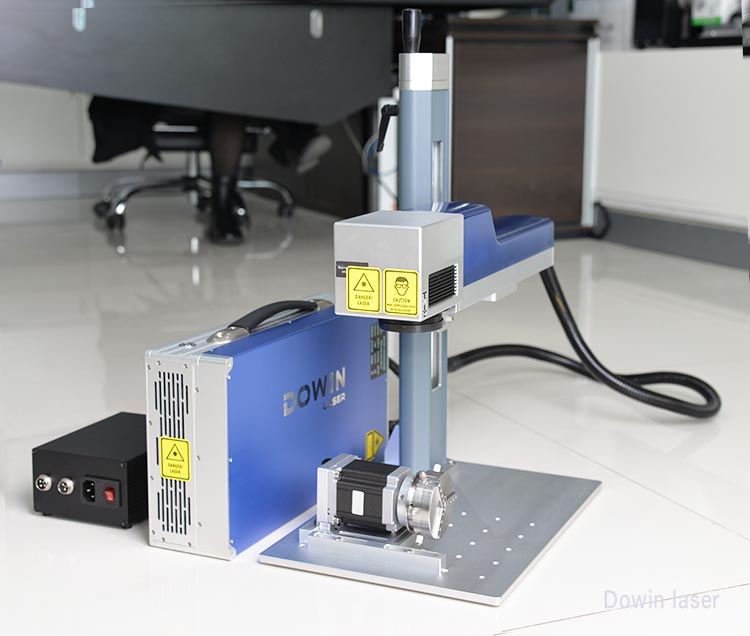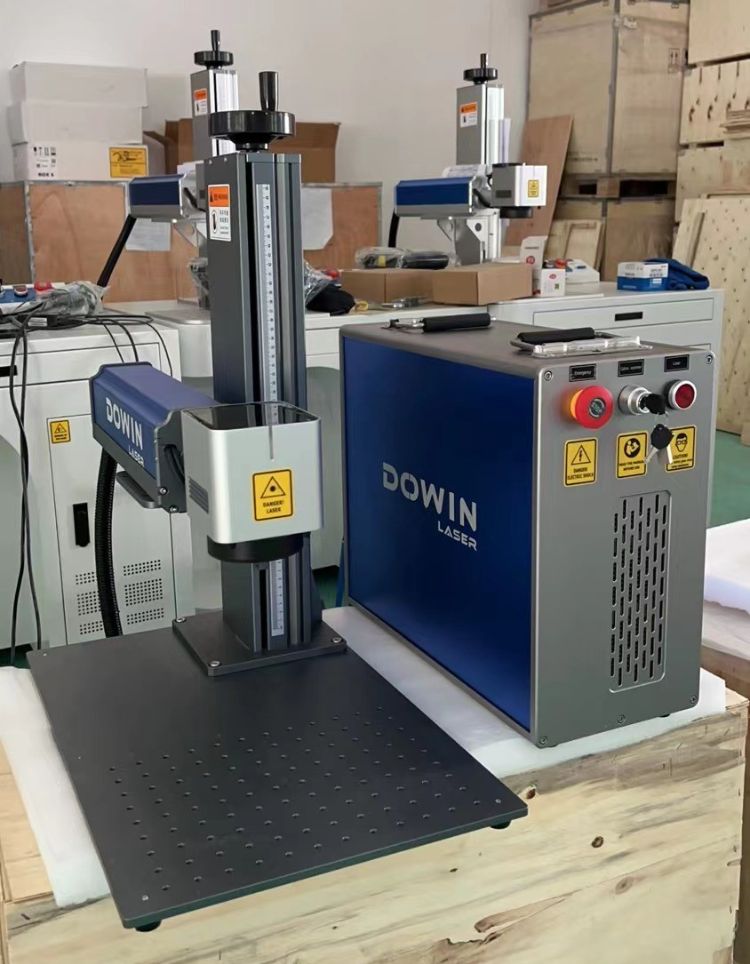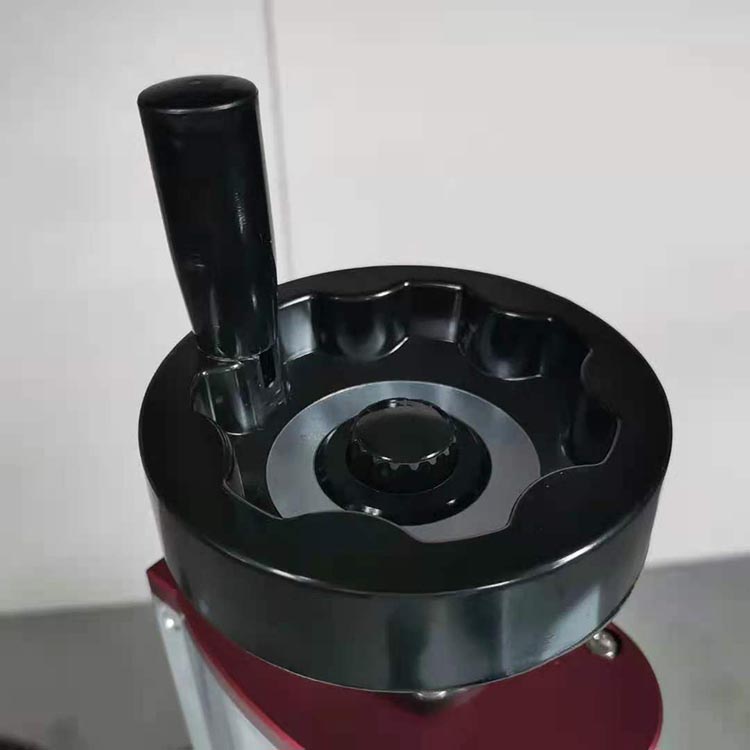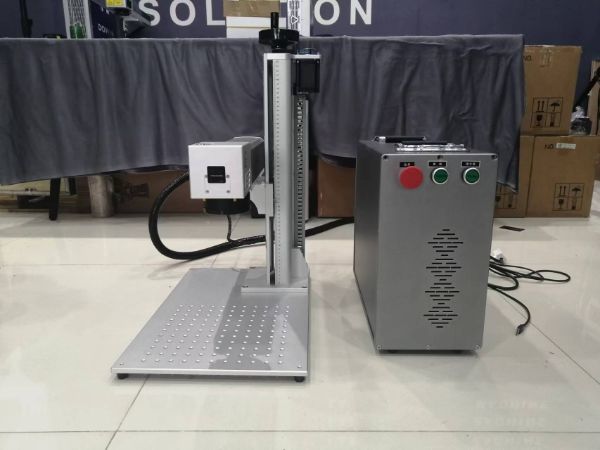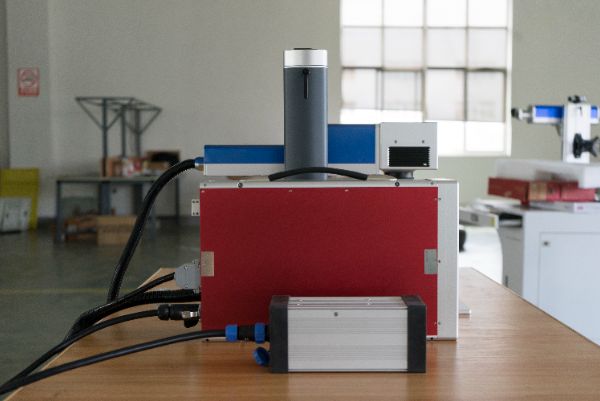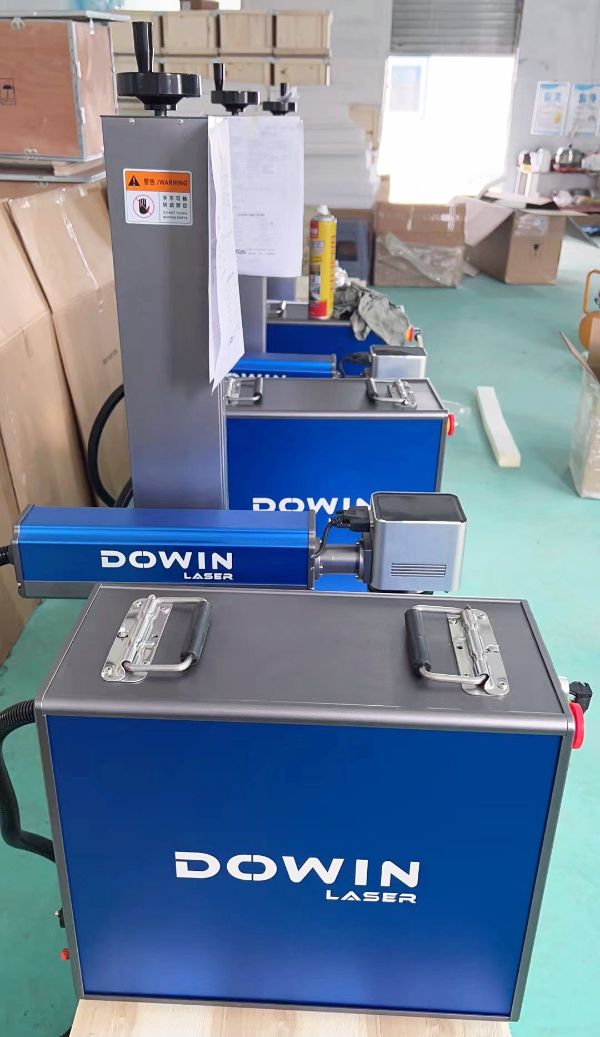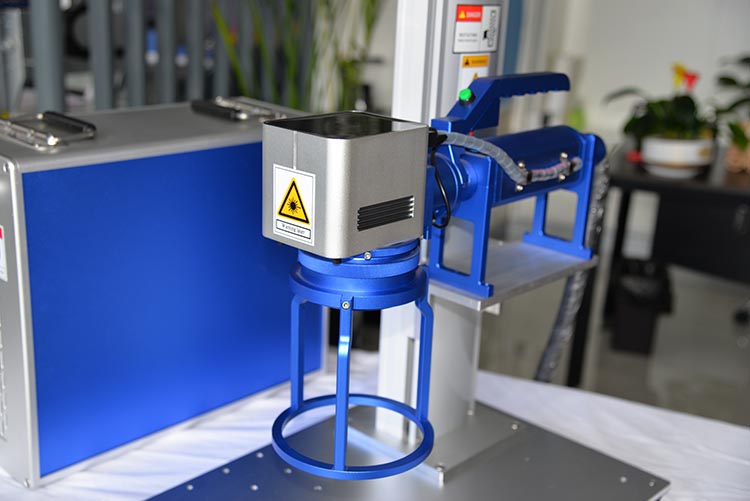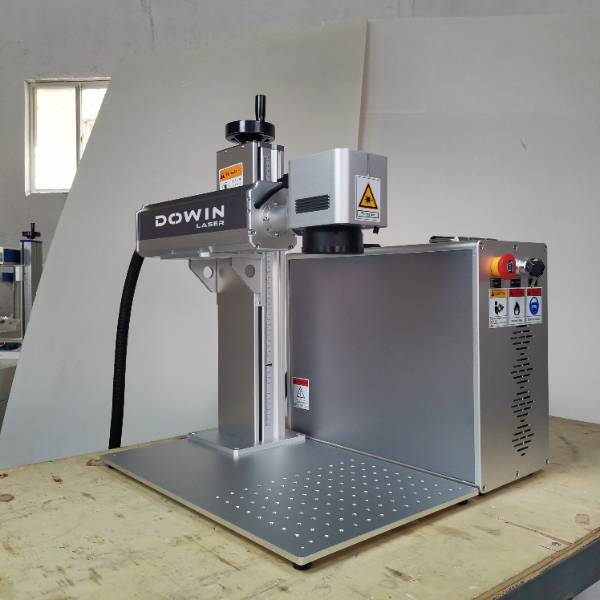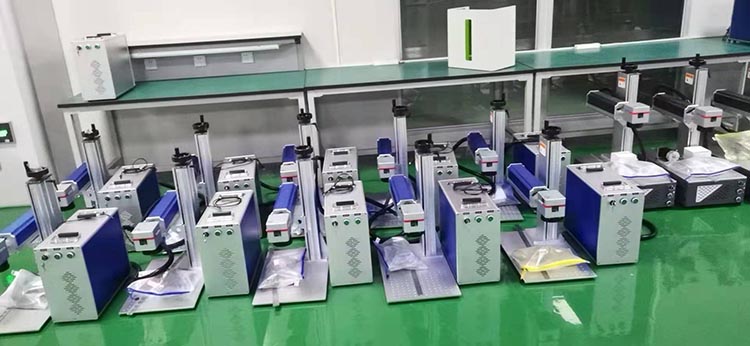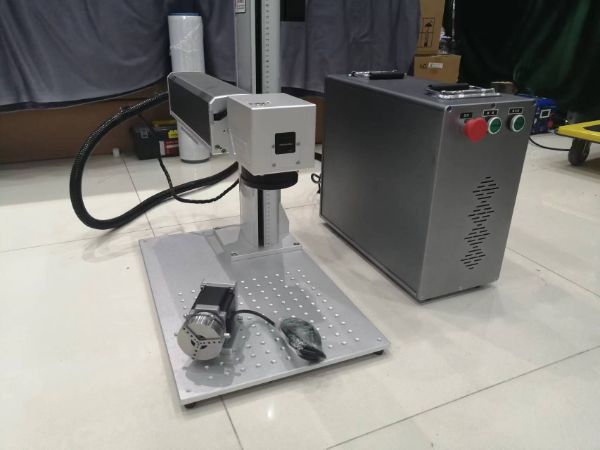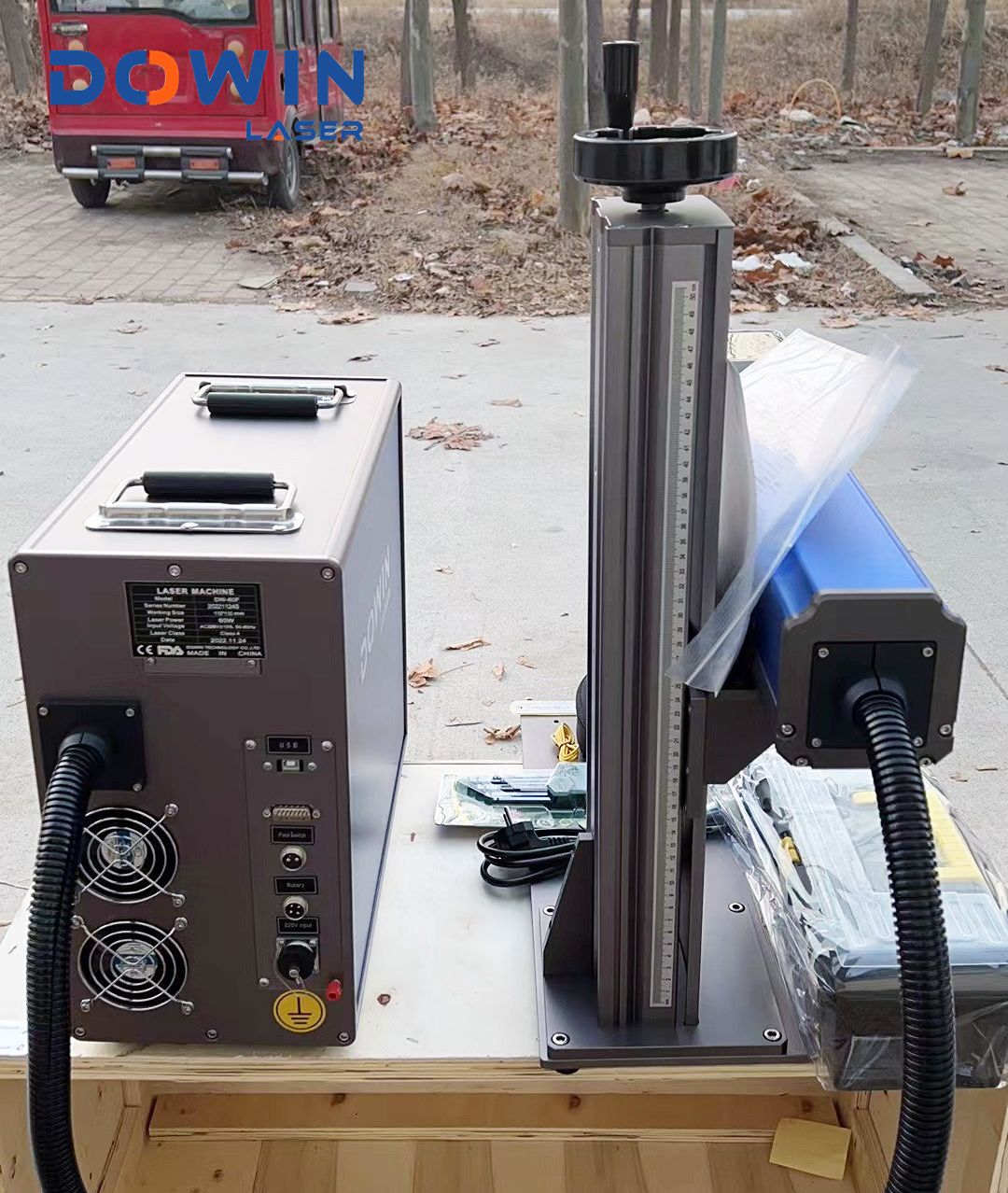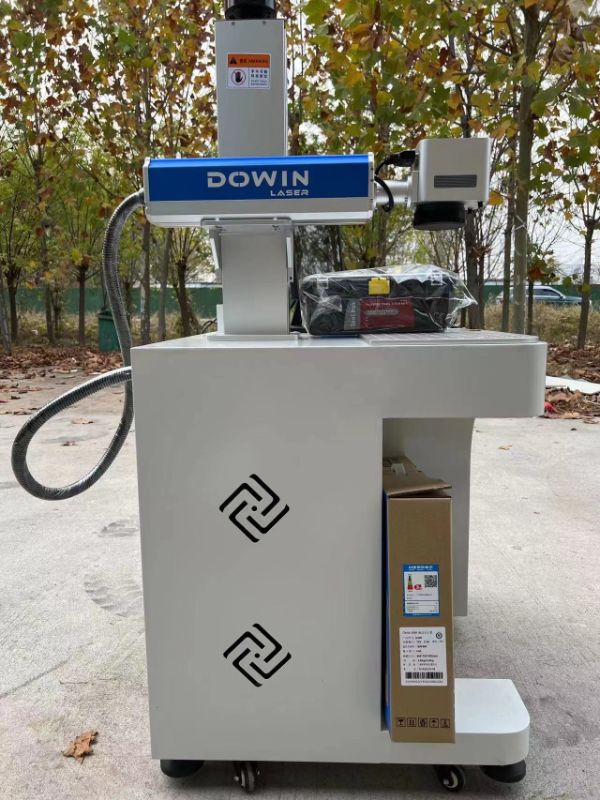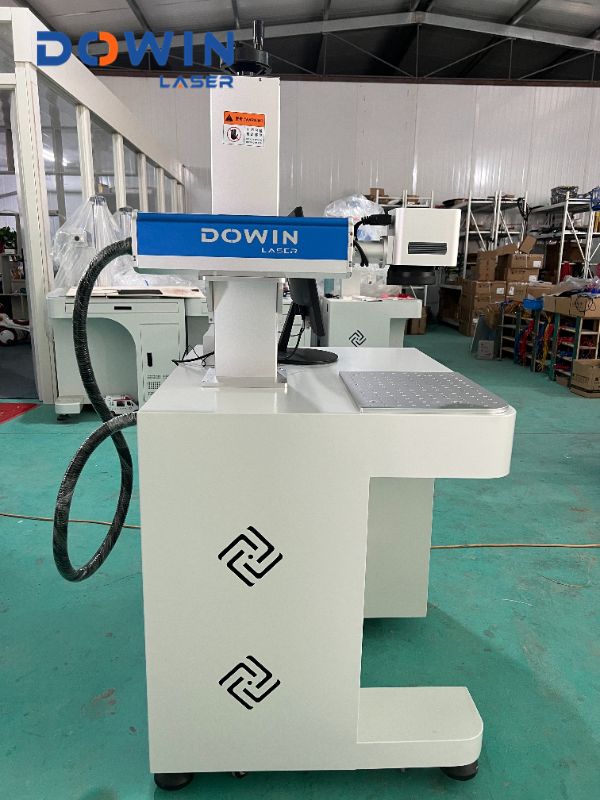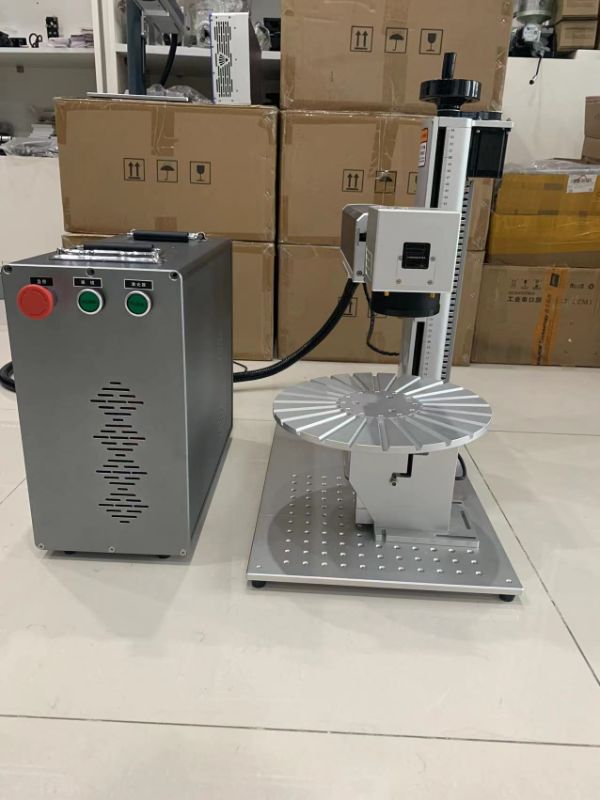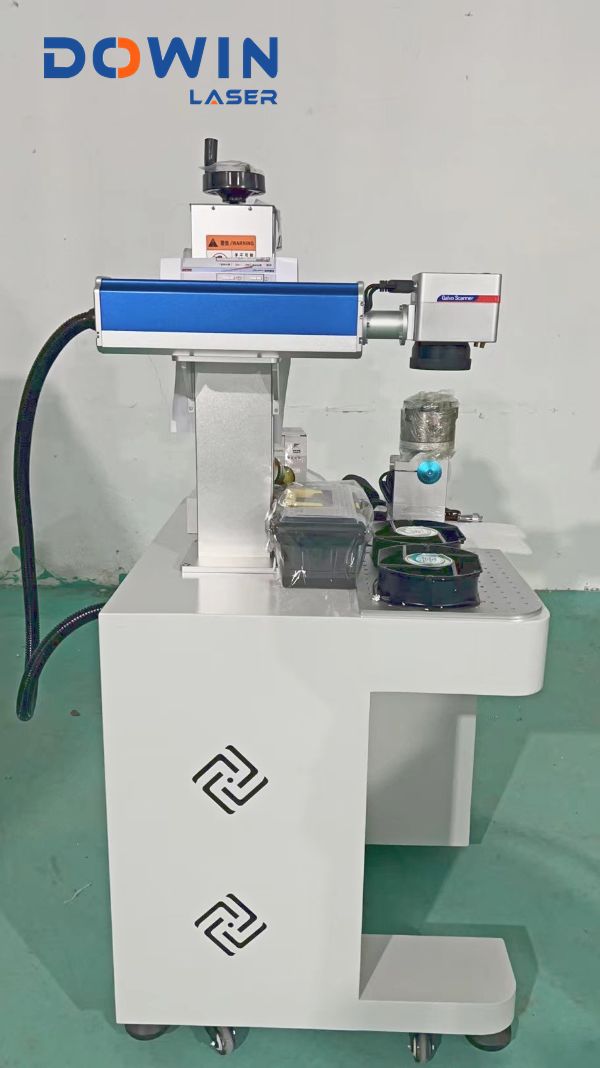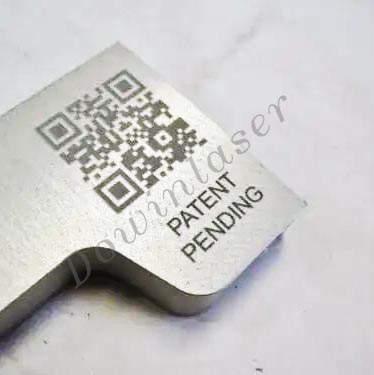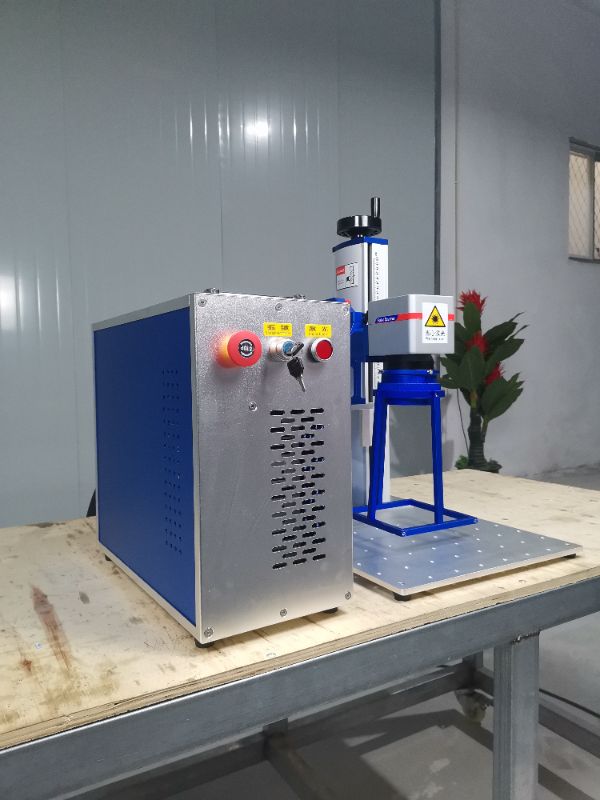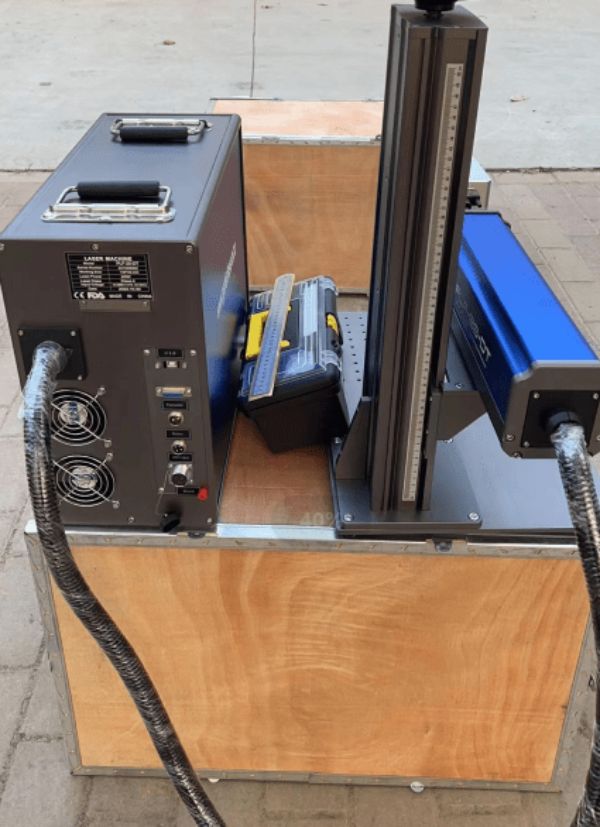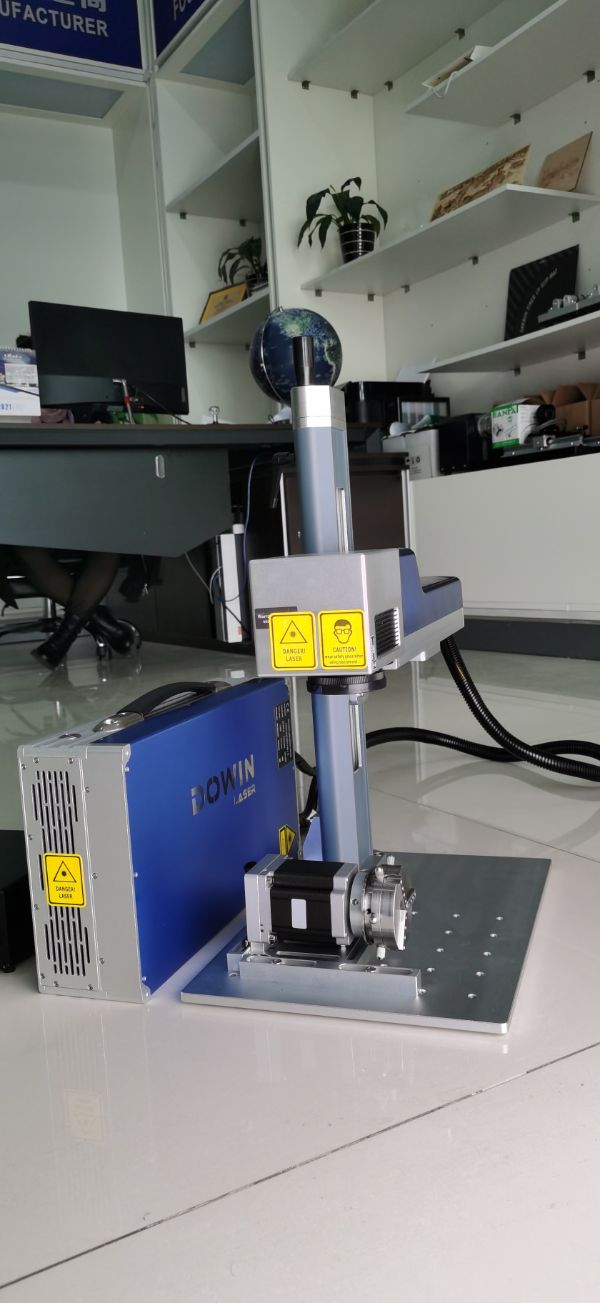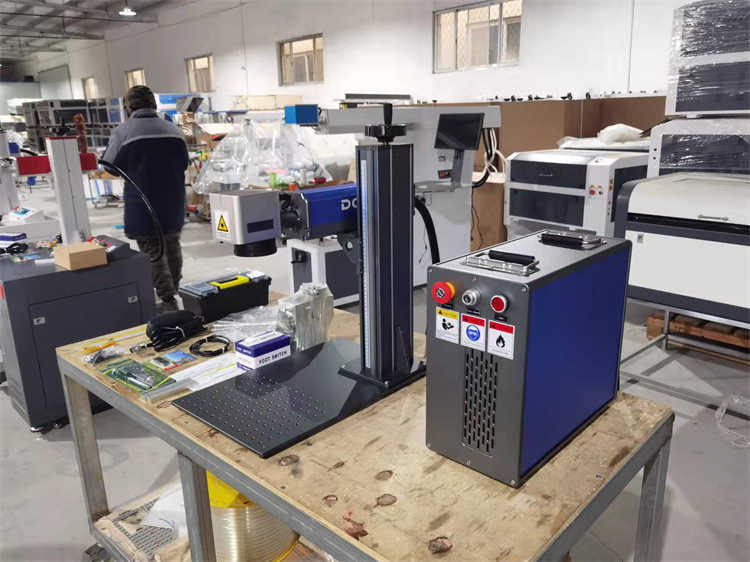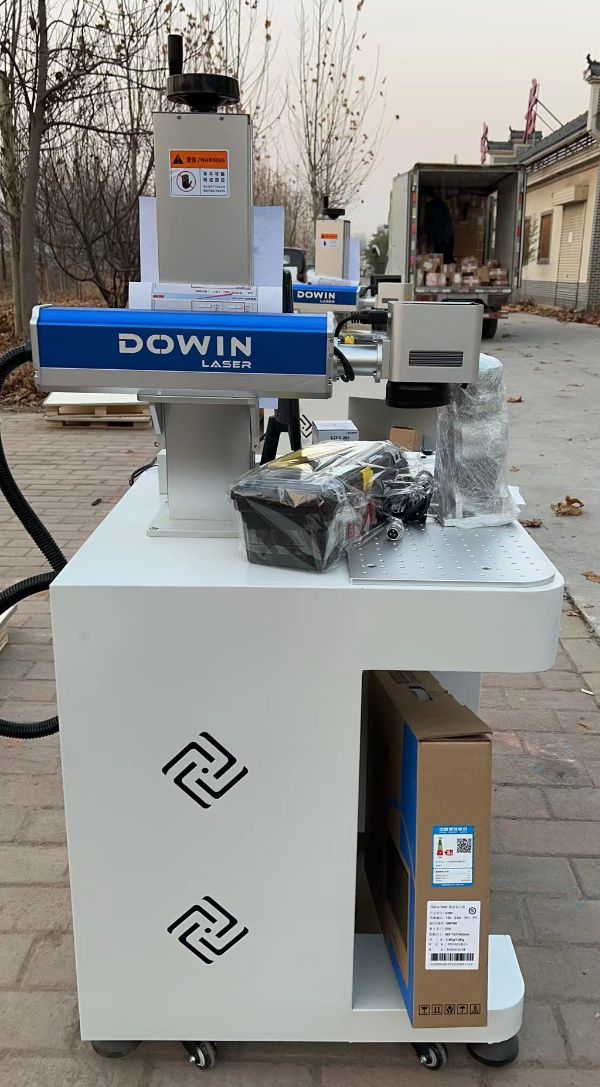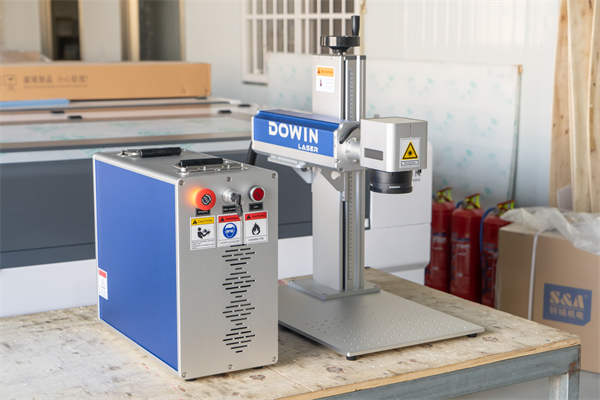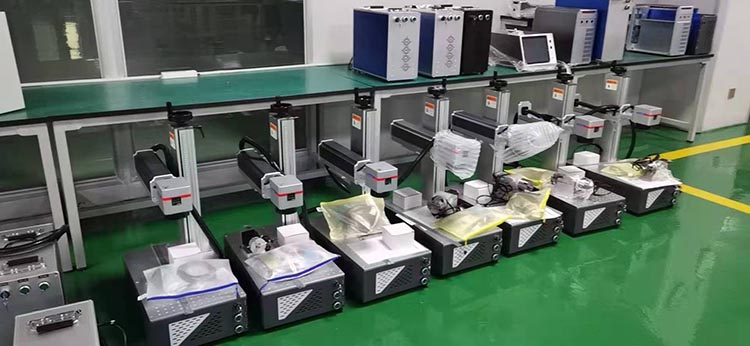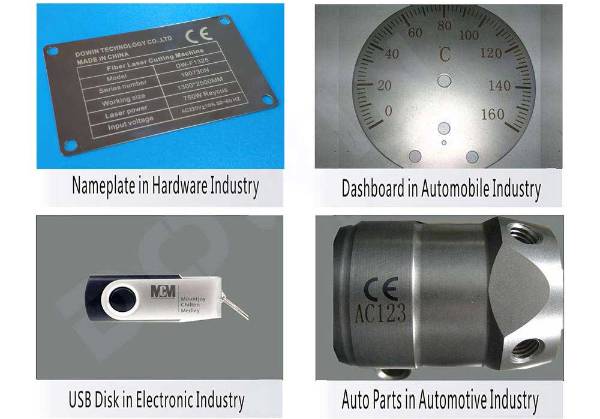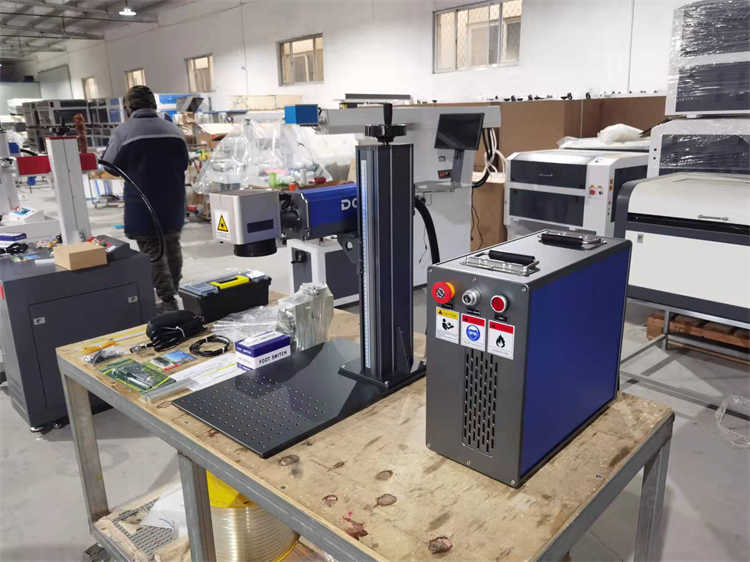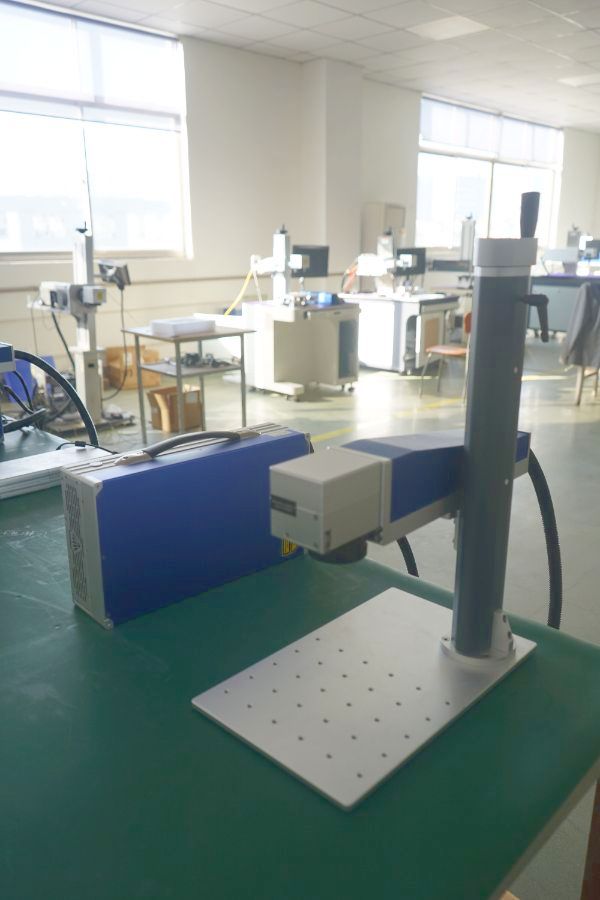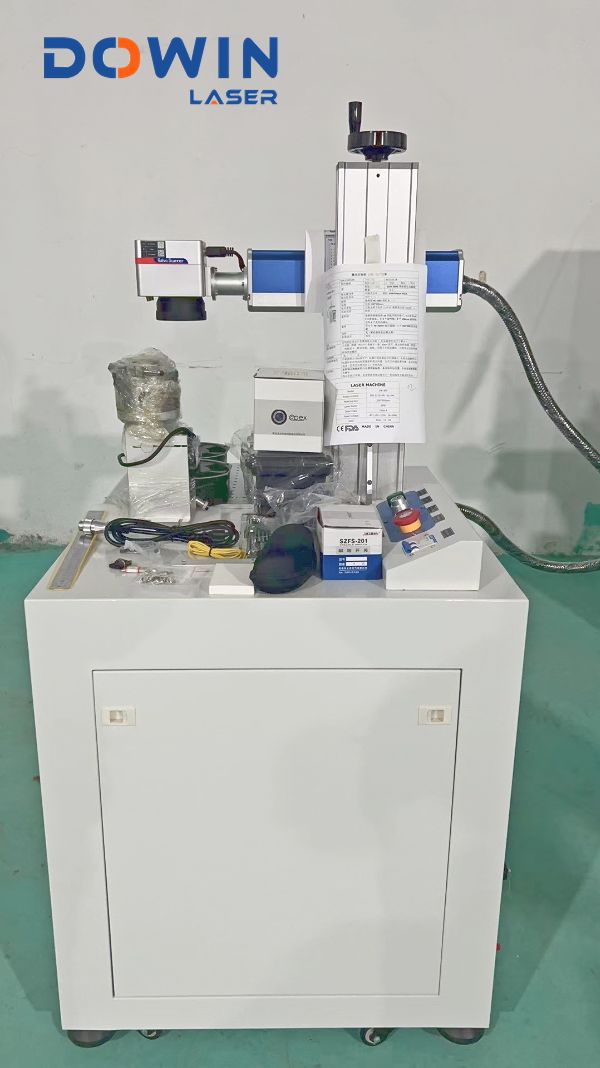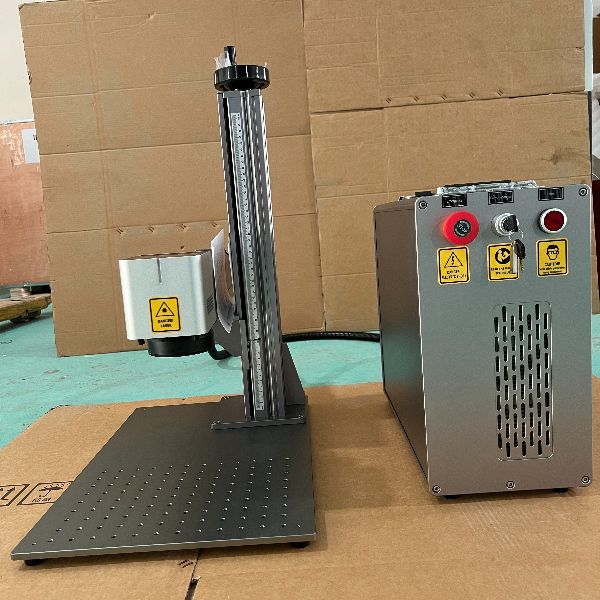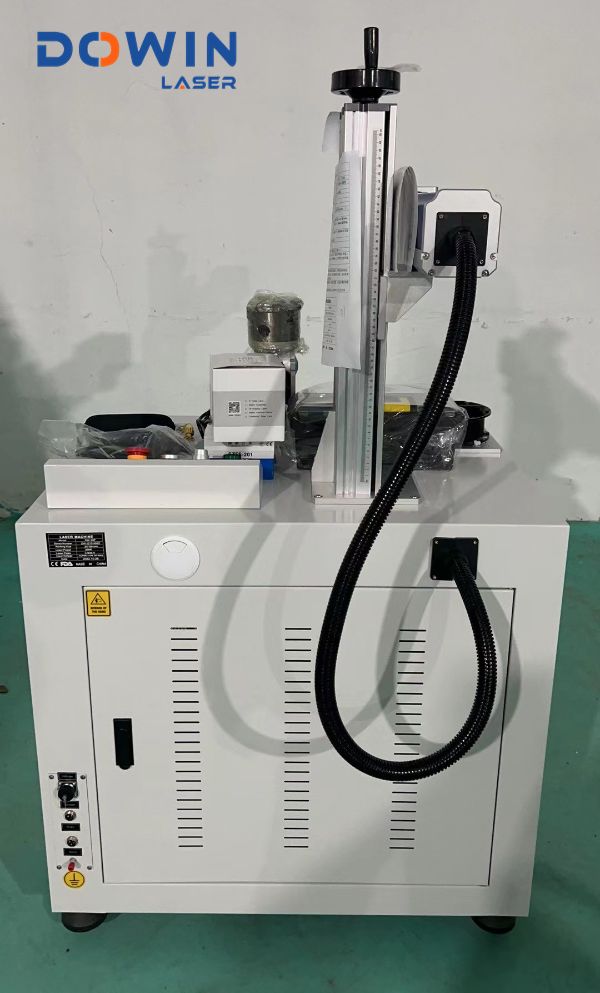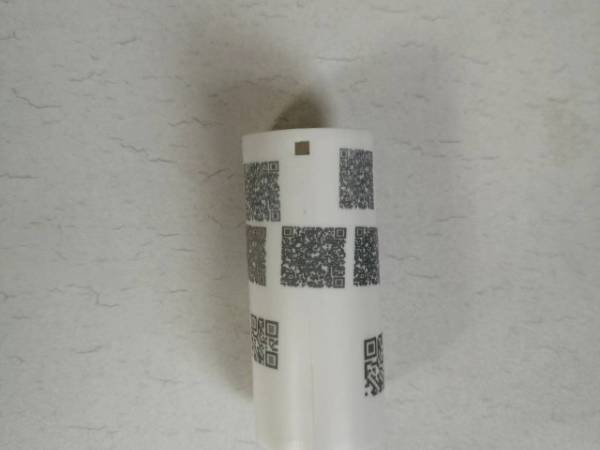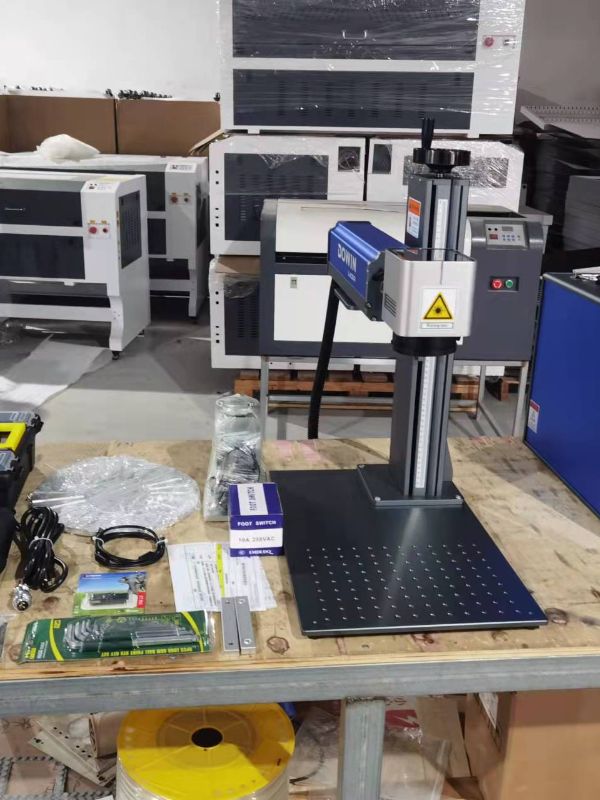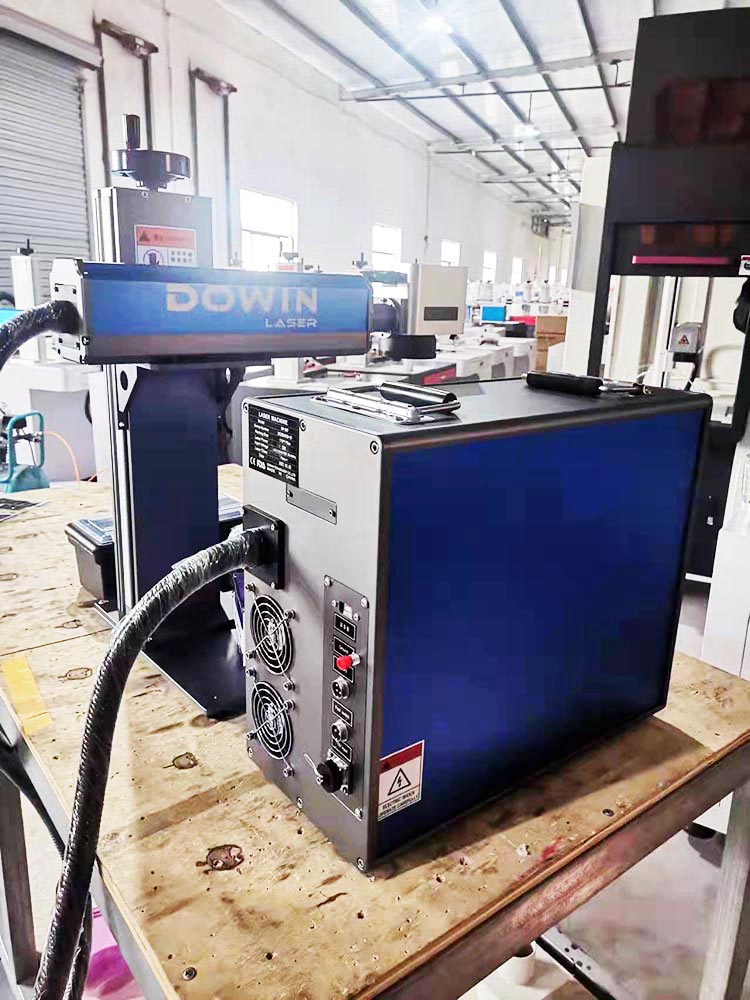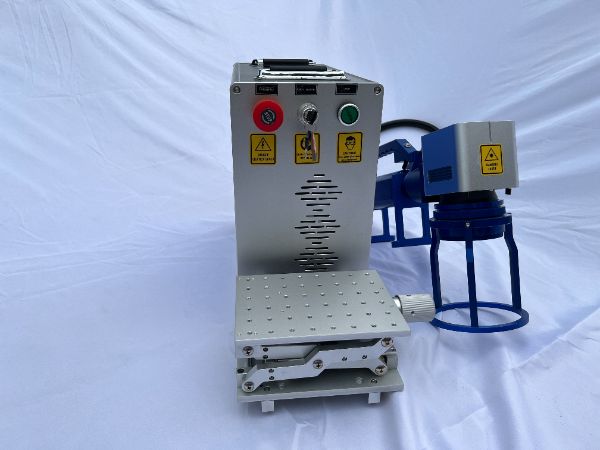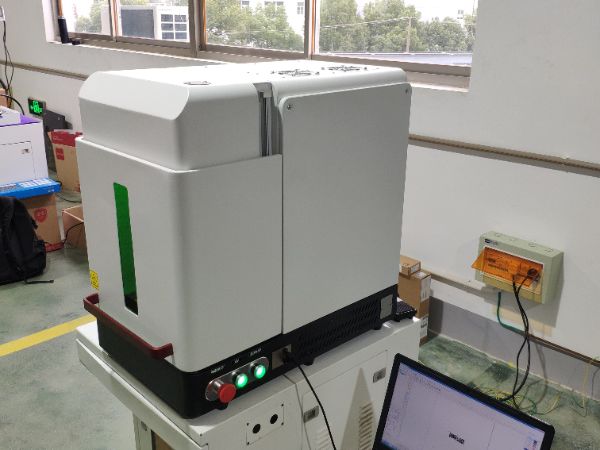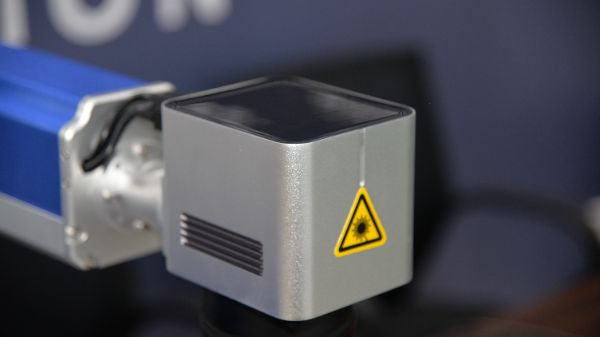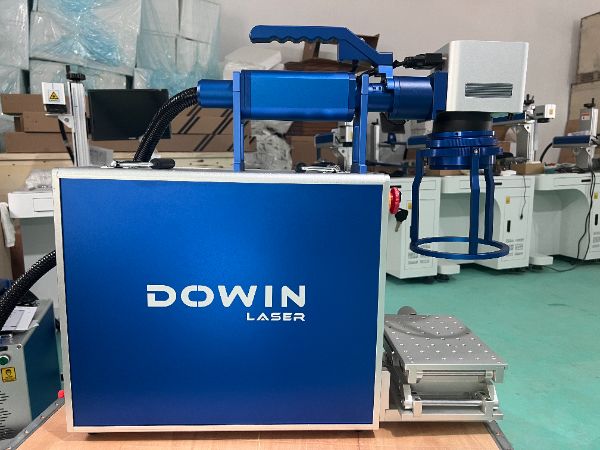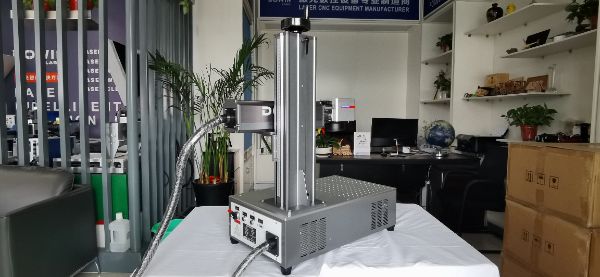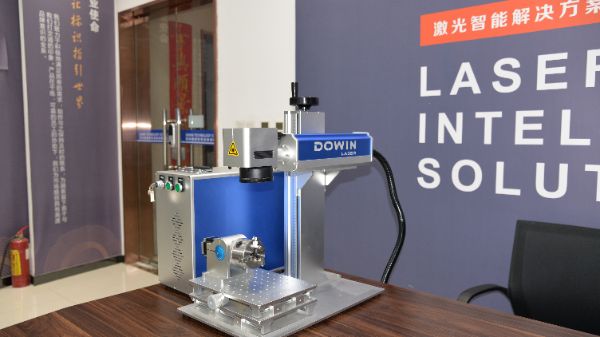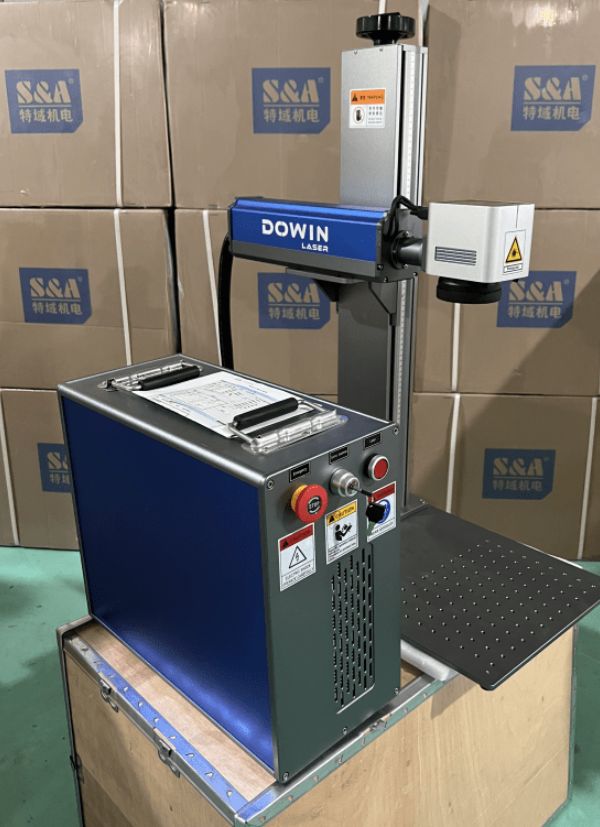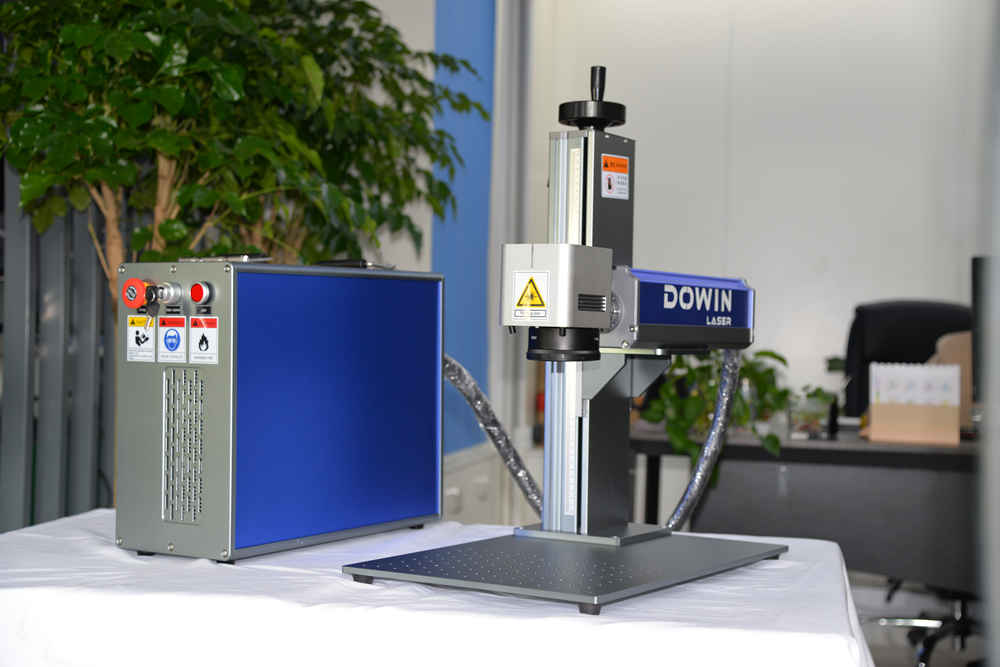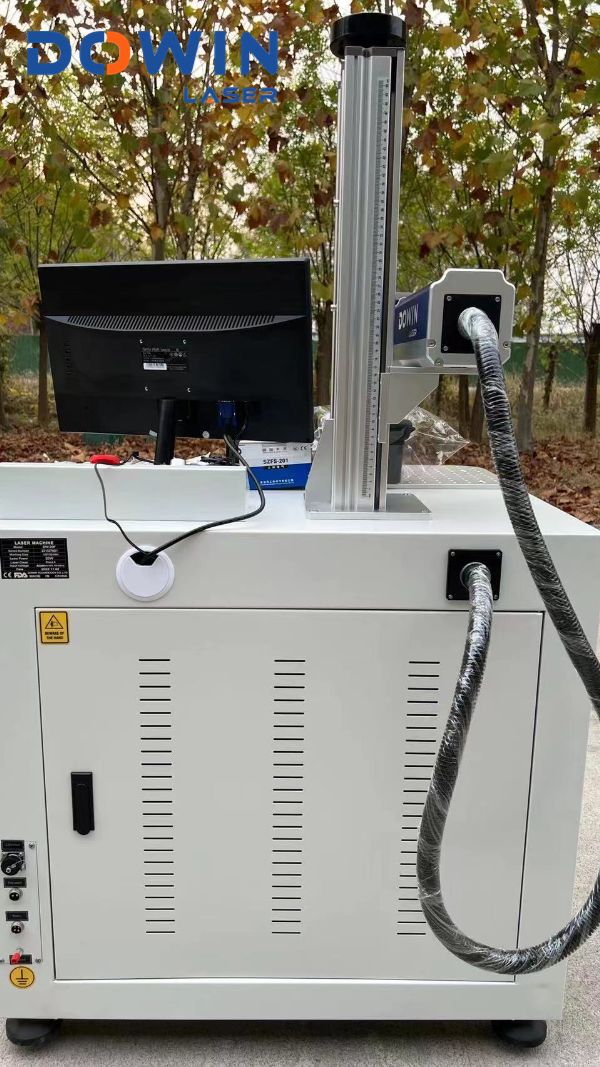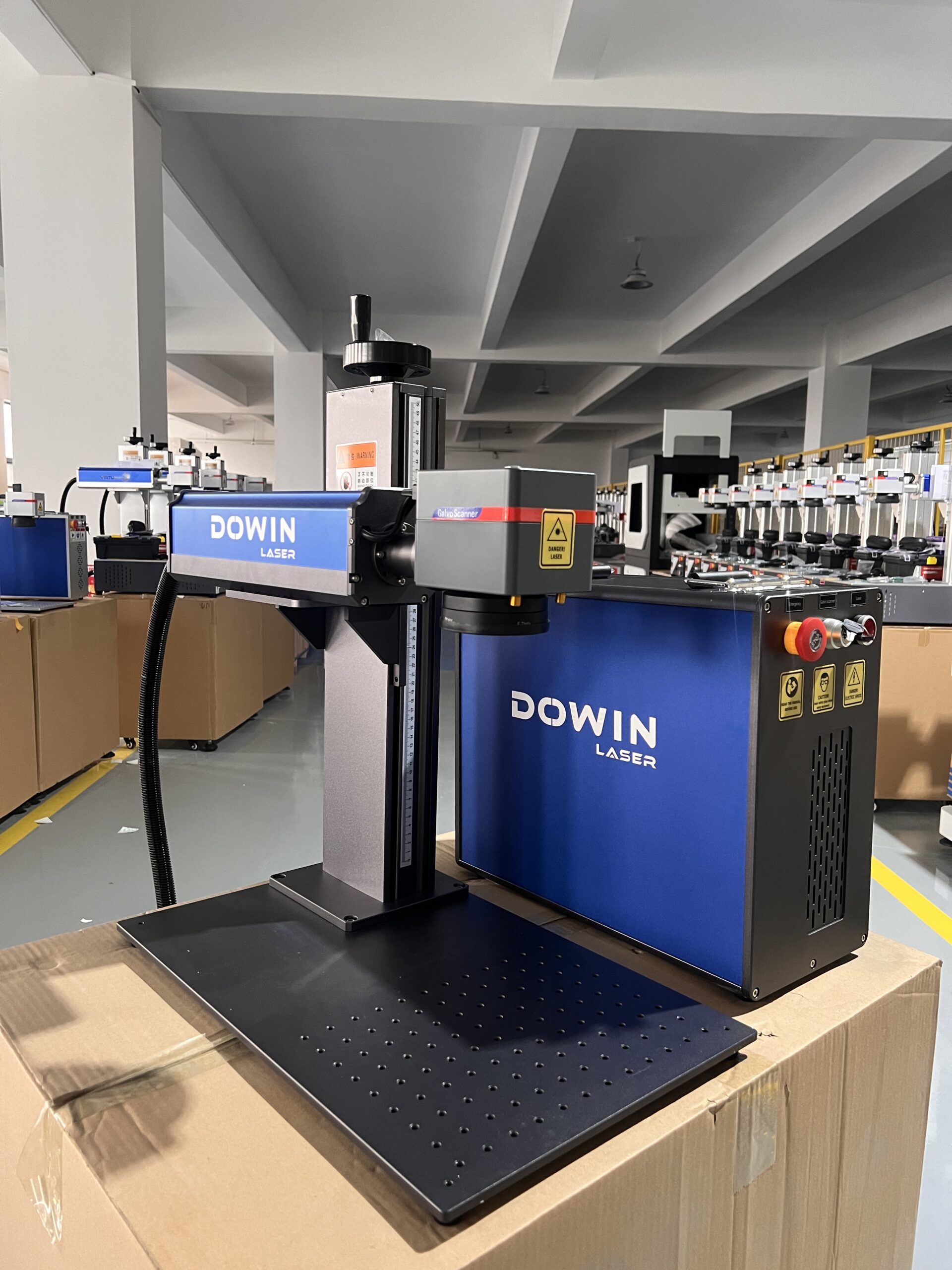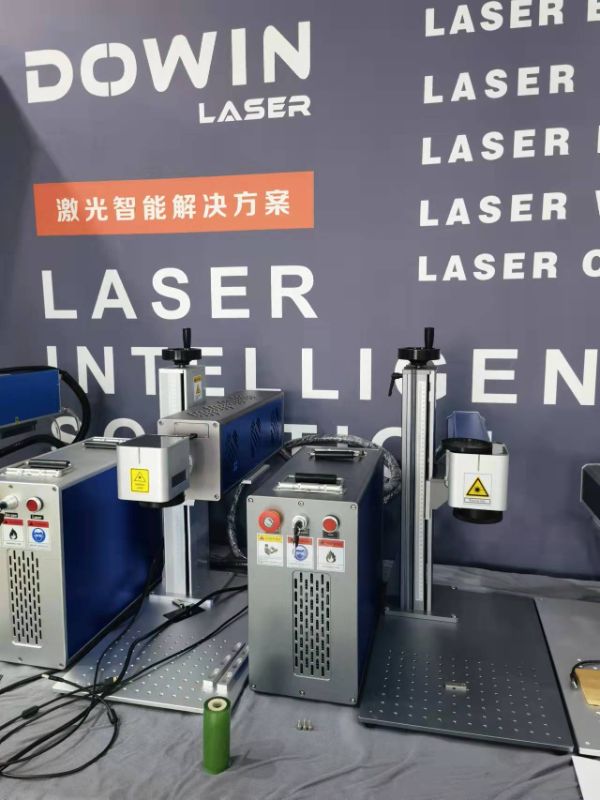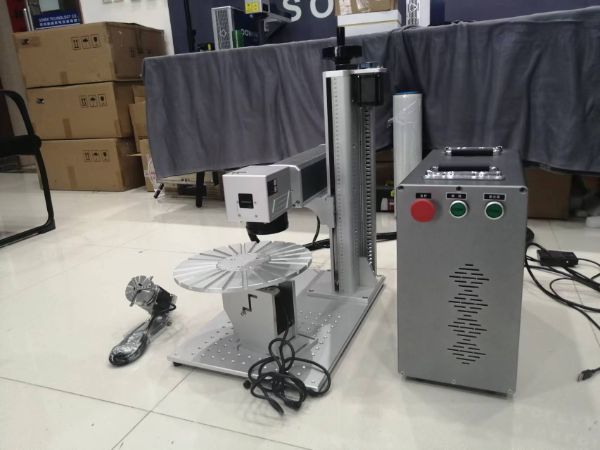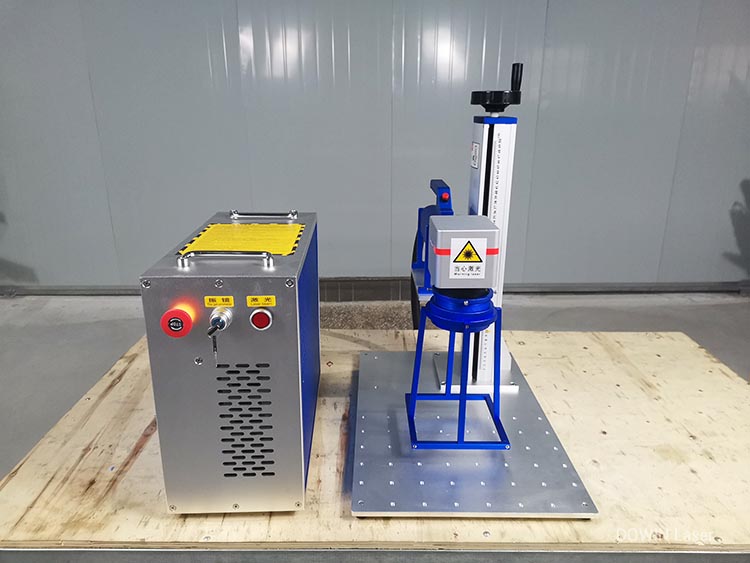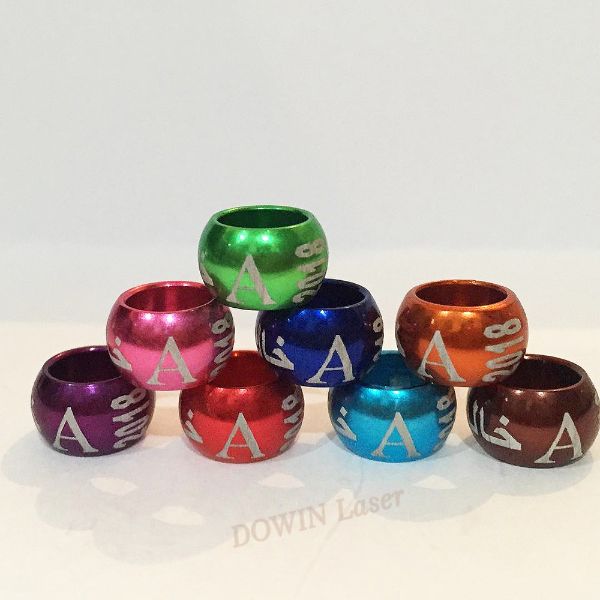Closed-Type Jewelry Marking Machine: The Art and Technology of Precision Marking
In the modern jewelry manufacturing industry, closed-type jewelry marking machines have become indispensable high-precision equipment. These specialized machines can produce clear, permanent, and aesthetically pleasing marks on various precious metal jewelry items such as rings, necklaces, and bracelets, meeting the unique demands of the jewelry sector.
Technical Principles and Core Advantages
Closed-type jewelry marking machines typically employ laser or mechanical engraving technology. The “closed-type” design refers to a fully enclosed working area, which not only enhances operational safety but also effectively controls the processing environment, ensuring consistent marking quality. Compared to open-type devices, closed-type machines offer the following significant advantages:
-
High-Precision Marking: Capable of achieving fine engravings at the 0.01mm level, perfectly rendering intricate patterns and tiny text.
-
Safety Protection: Fully isolates laser or mechanical components, preventing operator exposure to hazardous areas.
-
Environmental Control: Minimizes interference from dust and debris during processing, ensuring mark clarity.
-
Noise Reduction: The enclosed structure effectively suppresses operational noise, improving the working environment.
Diverse Applications in the Jewelry Industry
Closed-type jewelry marking machines play a crucial role in various stages of jewelry manufacturing:
-
Brand Identification: Engraving brand logos, trademarks, or designer signatures to enhance brand recognition.
-
Quality Information: Marking compliance details such as metal purity (e.g., 18K, PT950) and gemstone specifications.
-
Personalized Customization: Adding customer-requested names, dates, or special symbols for unique personalization.
-
Anti-Counterfeiting & Traceability: Incorporating unique serial numbers or QR codes to establish product traceability systems.
-
Artistic Creation: Executing complex patterns and fine textures for artistic engravings.
Key Considerations When Selecting Professional Equipment
Jewelry businesses should evaluate the following technical parameters when choosing a closed-type marking machine:
-
Marking Technology Type: Fiber laser, CO2 laser, or precision mechanical engraving—selected based on material properties.
-
Work Area Size: Must accommodate different jewelry dimensions, from small rings to large bracelets.
-
Software Compatibility: Supports common design file formats with a user-friendly interface.
-
Material Adaptability: Performance on various metals such as gold, platinum, silver, and titanium.
-
Resolution & Speed: Balances processing precision and production efficiency.
-
After-Sales Service: Technical support capabilities from specialized jewelry equipment suppliers.
Industry Development Trends
As the jewelry industry shifts toward personalization and digitization, closed-type jewelry marking machines are evolving with the following technological advancements:
-
Smart Upgrades: Integration of AI image recognition for automatic positioning, improving processing efficiency for small jewelry items.
-
Multi-Process Integration: Combines laser engraving, micro-milling, and other techniques into a single system.
-
Eco-Friendly Improvements: Optimized energy consumption and reduced waste generation during processing.
-
Cloud Connectivity: Supports remote design file transfers and processing data management.
-
Ultra-Fine Processing: Application of nano-level engraving technology for more artistic expression.
As a critical component in the jewelry manufacturing process chain, closed-type jewelry marking machines not only enhance product value but also help jewelry brands achieve differentiation in a competitive market. With ongoing technological advancements, these machines will continue to drive the industry toward higher precision and greater personalization, serving as a vital bridge between traditional jewelry craftsmanship and modern manufacturing technology.

